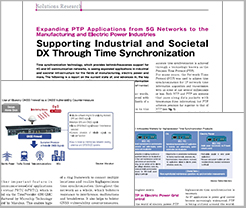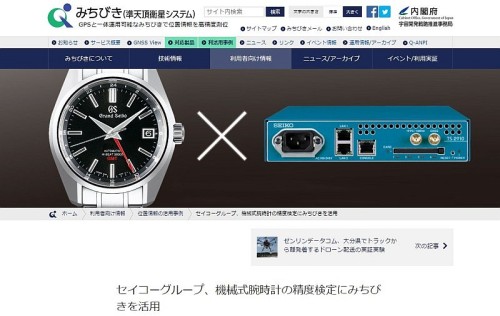GPS/GNSS Modules
Multi-GNSS Disciplined Oscillator Model GF-8804/05
(GF-8804/GF-8805)

Atomic clock class stability GNSSDO
24-hour holdover performance comparable to Rubidium
GF-88 series is a full-featured multi-GNSS disciplined oscillator (GNSSDO), embedded with multi-GNSS receiver, OCXO, LDO regulator and antenna detection circuit in a compact pin-header module.
It provides outputs of one-second pulse, synchronized with Coordinated Universal Time (UTC) and reference frequency (10MHz) signal.
GF-8805, equipped with a high quality OCXO, has a frequency stability equivalent to that of an atomic oscillator of 1.5 μs / 24 hours, not only during reception of GNSS signals, but also during holdover when GNSS falls into unlock. Another module called GF-8804 shares the same form factor with excellent cost performance. It is recommended either model based on designers request could save significant time and effort during product design.
Documents, Software
New product: High robustness with dual frequency band reception of L1 and L5. The GT-100 can also deliver programmable frequency clock outputs.

 Quote Request Form for GNSS Timing Products
Quote Request Form for GNSS Timing Products
 (Article) Supporting Industrial and Societal DX Through Time Synchronization
(Article) Supporting Industrial and Societal DX Through Time Synchronization
 (White Paper) Multipath test report in Urban Canyon with Spirent
(White Paper) Multipath test report in Urban Canyon with Spirent
 (Model TB-1) Light, fast, accurate! Palm sized "Atomic Clock"
(Model TB-1) Light, fast, accurate! Palm sized "Atomic Clock"











 GF-88 series is selected as a core part of Grandmaster Clock (GMC), which plays key role in synchronization of network devices.
GF-88 series is selected as a core part of Grandmaster Clock (GMC), which plays key role in synchronization of network devices. Please fill out the quote form and our staffs will respond to you shortly.
Please fill out the quote form and our staffs will respond to you shortly. Download documents and software related to this product and other GPS/GNSS products (Specifications document, Drivers and Monitor software).
Download documents and software related to this product and other GPS/GNSS products (Specifications document, Drivers and Monitor software).
